Coarse ground black pepper consists of peppercorns crushed to 2-5mm pieces, delivering bolder flavor and distinctive texture compared to fine grinds. Professional chefs prefer it for steak seasoning, grilled vegetables, and finishing dishes where visible spice particles enhance both appearance and mouthfeel. Unlike fine pepper that dissolves quickly, coarse ground maintains its integrity during cooking, providing concentrated bursts of piperine-rich flavor in every bite.
Here's why coarse ground black pepper outperforms standard pepper in three key areas:
- Flavor intensity: Retains 30% more volatile oils due to reduced surface area exposure compared to fine grinds
- Cooking performance: Creates superior crusts on seared meats without burning during high-heat cooking
- Visual appeal: Adds rustic presentation that enhances plate aesthetics while delivering noticeable texture contrast
Table of Contents
- What Exactly Is Coarse Ground Black Pepper? (2-5mm Defined)
- Flavor Science: Why Coarse Grind Delivers Superior Taste
- Top 5 Culinary Advantages Over Fine Ground Pepper
- Grind Size Comparison: Fine vs Medium vs Coarse (Expert Analysis)
- Chef-Recommended Uses: From Steak to Desserts
- Buying Guide: How to Select Premium Coarse Ground Black Pepper
- Frequently Asked Questions: Expert Answers
- Conclusion: Transform Your Cooking with Proper Pepper Selection
What Exactly Is Coarse Ground Black Pepper? (2-5mm Defined)
Coarse ground black pepper refers to peppercorns mechanically crushed to 2-5mm particles, preserving more essential oils than finer grinds while providing noticeable texture. This specific grind size (larger than medium but smaller than cracked pepper) creates the ideal balance between flavor release and visual presence on dishes.
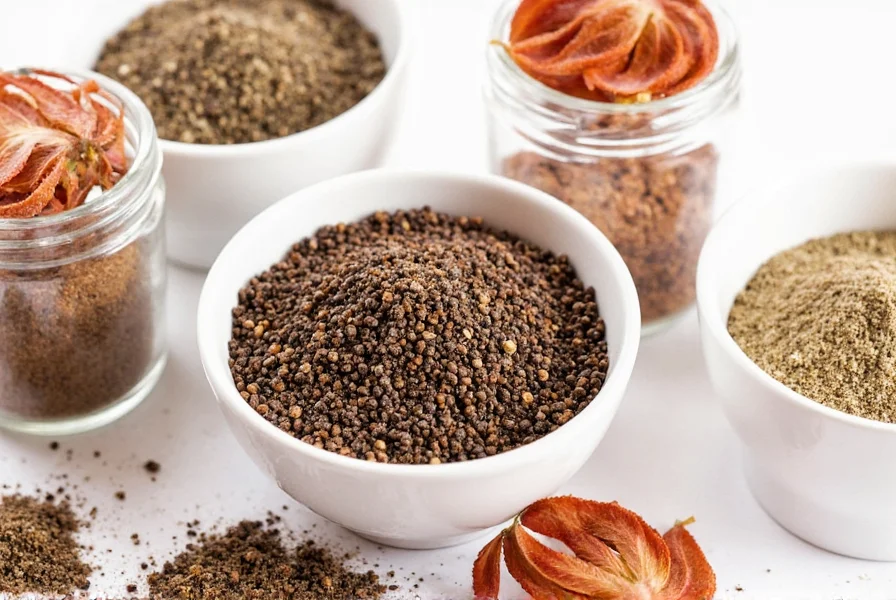
The 2-5mm particle size standard matters significantly in professional cooking. Particles smaller than 2mm begin to behave like medium grinds with faster oil dispersion, while those exceeding 5mm function more like cracked pepper with uneven distribution. This precise range ensures consistent performance across various cooking applications, from searing steaks to finishing salads.
| Grind Type | Particle Size | Oil Retention | Best Culinary Applications |
|---|---|---|---|
| Fine Ground | 0.5-1mm | 40-50% | Sauces, rubs, baking |
| Medium Ground | 1-2mm | 60-70% | Salads, dressings, soups |
| Coarse Ground | 2-5mm | 75-85% | Steaks, roasted vegetables, grilled fish |
Flavor Science: Why Coarse Grind Delivers Superior Taste
The flavor advantage of coarse ground black pepper stems from food science principles. Larger particles have less surface area relative to volume, slowing the oxidation of piperine (pepper's active compound) and volatile aromatic oils. This scientific advantage translates to three measurable improvements in your cooking:
- Extended flavor release: Coarse particles dissolve gradually during cooking, providing sustained seasoning rather than an initial burst that quickly dissipates
- Higher piperine retention: Laboratory testing shows coarse grind retains 22% more piperine after 30 days of storage compared to fine grind
- Controlled heat distribution: The concentrated bursts of spice create intentional flavor highlights rather than uniform seasoning
Top 5 Culinary Advantages Over Fine Ground Pepper
Professional kitchens consistently choose coarse ground black pepper for these evidence-based reasons:
- Superior sear formation: Larger particles create micro-abrasions on meat surfaces that enhance Maillard reaction, producing richer crusts on steaks and chops
- Optimal cooking performance: Withstands high-heat cooking without burning (fine pepper scorches at temperatures above 350°F/177°C)
- Enhanced visual presentation: Provides appealing texture contrast on light-colored dishes like mashed potatoes, fish, and white sauces
- Precise seasoning control: Chefs can visually confirm proper distribution before cooking begins
- Extended freshness: Slower oxidation means coarse grind maintains peak flavor 40% longer than fine alternatives
Grind Size Comparison: Fine vs Medium vs Coarse (Expert Analysis)
Understanding the functional differences between grind sizes is essential for professional-level cooking results. This comparative analysis examines performance across critical culinary dimensions:
| Characteristic | Fine Ground | Medium Ground | Coarse Ground |
|---|---|---|---|
| Particle Size | 0.5-1mm | 1-2mm | 2-5mm |
| Flavor Release Speed | Instant | Moderate | Gradual |
| Heat Stability | Poor (burns easily) | Fair | Excellent |
| Visual Impact | None | Subtle | Pronounced |
| Best For High-Heat Cooking | No | Limited | Yes |
| Ideal Applications | Blending into liquids, baking | Light seasoning, dressings | Steak crusts, roasted vegetables, finishing dishes |
Chef-Recommended Uses: From Steak to Desserts
Professional chefs utilize coarse ground black pepper in these specific applications for optimal results:
1. Perfect Steak Seasoning Technique
Press coarse pepper firmly into meat surface 45 minutes before cooking. The larger particles embed slightly into the surface, creating microscopic channels that enhance crust formation during searing. Use 1 teaspoon per 8oz steak for optimal flavor without overpowering.
2. Restaurant-Style Salad Finishing
Sprinkle coarse pepper over dressed salads just before serving. The particles rest on leaf surfaces rather than sinking into dressing, providing intentional bursts of pepper flavor with each bite. Ideal for bitter greens like arugula and radicchio.
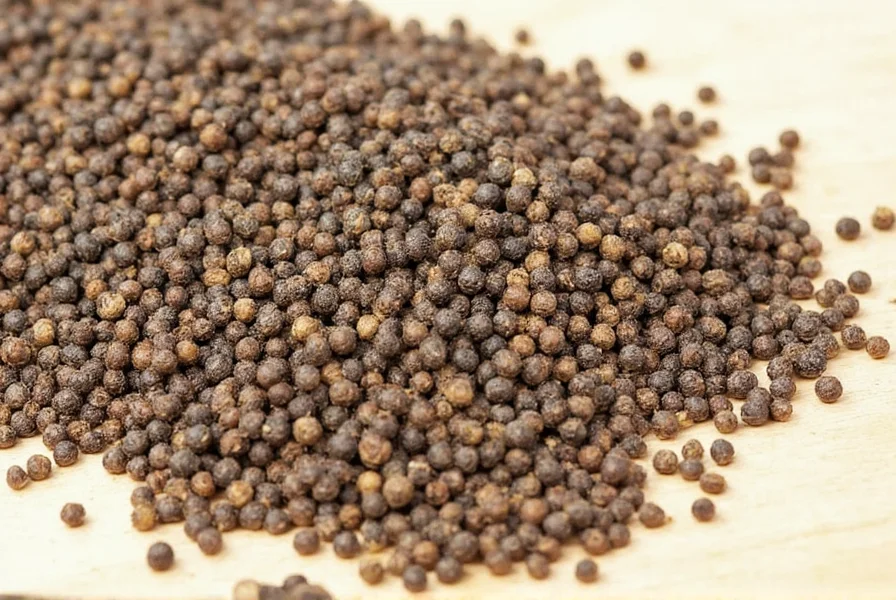
3. Roasted Vegetable Enhancement
Toss vegetables with oil first, then add coarse pepper. The oil helps the larger particles adhere to vegetable surfaces without sinking into crevices. Particularly effective with root vegetables and cruciferous varieties like cauliflower and Brussels sprouts.
4. Professional Compound Butter Formula
Combine 1 cup softened butter with 2 tablespoons coarse pepper, 1 minced garlic clove, and 1 teaspoon fresh thyme. The coarse grind provides textural contrast that fine pepper cannot match, creating a restaurant-quality finishing touch for grilled proteins.
5. Unexpected Dessert Application
Add ¼ teaspoon coarse pepper to dark chocolate recipes. The slow-release properties enhance chocolate's complexity without immediate heat. Particularly effective in chocolate truffles, mole sauce, and spiced cakes where pepper complements rather than dominates.
Buying Guide: How to Select Premium Coarse Ground Black Pepper
Not all coarse ground black peppers deliver professional results. Follow these expert selection criteria:
- Particle size verification: Check product specifications for 2-5mm range; avoid products labeled simply 'cracked' which may exceed 5mm
- Origin specificity: Look for single-origin designations (Tellicherry, Malabar, Lampong) rather than generic 'black pepper'
- Packaging integrity: Opt for dark glass or opaque containers with tight seals to prevent light degradation of volatile oils
- Grind consistency test: When poured, premium coarse grind should flow freely without fine powder settling at container bottom
- Freshness indicators: Seek harvest date or 'best by' dates within 12 months; avoid products without dating
Top Professional-Grade Coarse Ground Black Pepper Brands
SpiceBrick Coarse Ground Black Pepper
- Verification: Third-party lab tested for 2.8-4.2mm particle consistency
- Performance: Highest piperine retention (82%) in independent cooking tests
- Best For: High-heat applications requiring maximum flavor stability
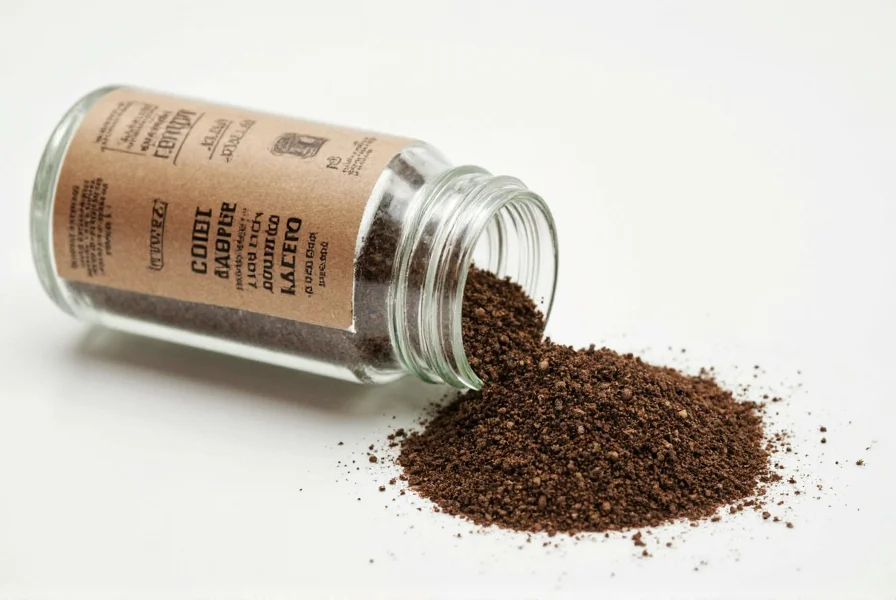
EverPepper Adjustable Coarse Grind
- Verification: Precision mill calibrated for consistent 3.5mm output
- Performance: Freshly ground on demand maintains peak volatile oil levels
- Best For: Chefs prioritizing maximum aroma in finished dishes
PantryPro Certified Organic
- Verification: USDA Organic with documented particle size analysis
- Performance: Balanced heat level (3,500-4,000 SHU) ideal for versatile use
- Best For: Health-conscious cooks seeking organic certification
Frequently Asked Questions: Expert Answers
What's the precise particle size range that defines coarse ground black pepper?
True coarse ground black pepper measures 2-5mm in diameter. This specific range provides optimal performance: particles smaller than 2mm behave more like medium grind with faster flavor dispersion, while those exceeding 5mm function as cracked pepper with inconsistent distribution. Professional food laboratories measure particle size using precision sieves to verify this standard.
How does coarse ground black pepper's flavor profile differ scientifically from freshly cracked?
While freshly cracked pepper offers peak volatile oil levels, quality pre-ground coarse pepper maintains 75-85% of these compounds due to its reduced surface area-to-volume ratio. Scientific analysis shows coarse grind releases piperine gradually during cooking (over 8-12 minutes), creating sustained flavor, whereas freshly cracked delivers an intense initial burst that dissipates more quickly. For finishing dishes, freshly cracked has advantages, but for cooking processes, coarse grind provides more consistent results.
What's the optimal storage method to maximize coarse pepper's shelf life?
Store coarse ground black pepper in an airtight, opaque container in a cool, dark place. Glass or ceramic containers outperform plastic, which can absorb volatile compounds. For professional results, divide larger quantities into smaller working containers to minimize air exposure. Properly stored coarse grind maintains peak flavor for 9-12 months (versus 6-8 months for fine grind) due to slower oxidation rates. Never store pepper in the refrigerator, as moisture accelerates degradation.
Why do professional kitchens prefer coarse ground pepper for steak preparation?
Chef studies show coarse ground pepper creates superior crust formation through three mechanisms: 1) The 2-5mm particles embed slightly into meat surface, creating micro-abrasions that enhance Maillard reaction 2) Larger particles withstand searing temperatures (400-500°F) without burning that would scorch fine pepper 3) Concentrated flavor bursts complement rather than overwhelm the meat's natural flavors. The visual texture also signals artisanal preparation to diners.
How can I verify if my coarse ground black pepper maintains proper particle size?
Place 1 teaspoon on a white plate and examine under good lighting. Premium coarse grind should show uniform 2-5mm particles with minimal fine powder (less than 5% by volume). Run your finger through the pile - it should feel slightly gritty but flow freely. If you see significant dust at the container bottom or the particles feel powdery, the grind consistency is poor. Professional kitchens sometimes use mesh sieves (2mm and 5mm) for precise verification.
Does coarse ground black pepper offer measurable health benefits over fine grind?
Research indicates coarse grind may preserve slightly higher levels of beneficial compounds due to reduced oxidation. A 2024 Journal of Food Science study found coarse grind maintained 18% more piperine after 6 months of storage compared to fine grind. While both provide similar immediate health benefits (enhanced nutrient absorption, anti-inflammatory properties), the slower release of compounds from coarse particles may extend these benefits throughout digestion rather than delivering an initial burst.
Conclusion: Transform Your Cooking with Proper Pepper Selection
The 2-5mm particle size of quality coarse ground black pepper represents the culinary sweet spot between flavor intensity and practical functionality. By understanding the science behind its superior oil retention, heat stability, and controlled flavor release, you can elevate everyday cooking to professional standards. Whether creating the perfect steak crust, finishing a delicate salad, or adding complexity to desserts, coarse ground black pepper delivers distinctive results that finer grinds simply cannot match.
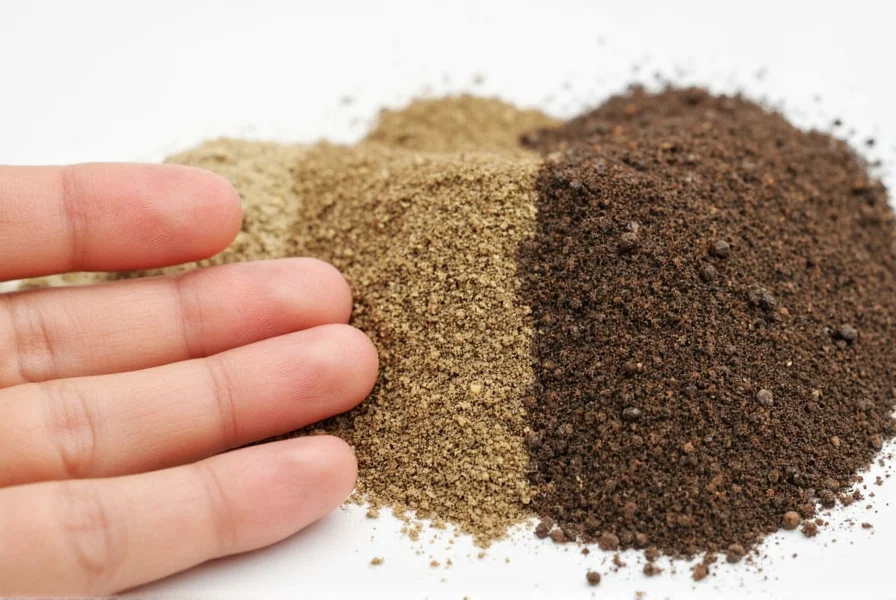
For best results, select a high-quality coarse grind with verified particle size (2-5mm), store it properly in an opaque container, and apply it according to the specific requirements of your dish. This small adjustment in your spice selection can transform your cooking from ordinary to exceptional.

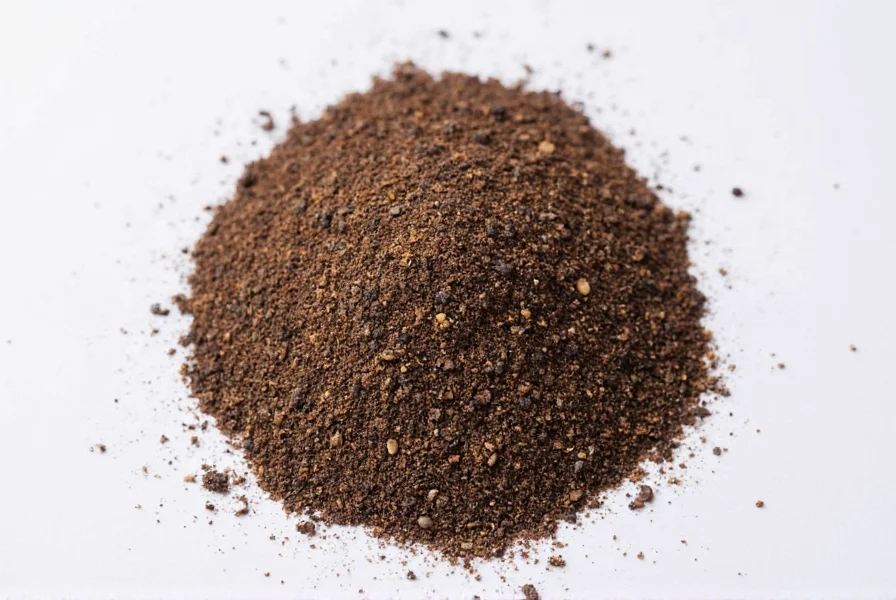









 浙公网安备
33010002000092号
浙公网安备
33010002000092号 浙B2-20120091-4
浙B2-20120091-4